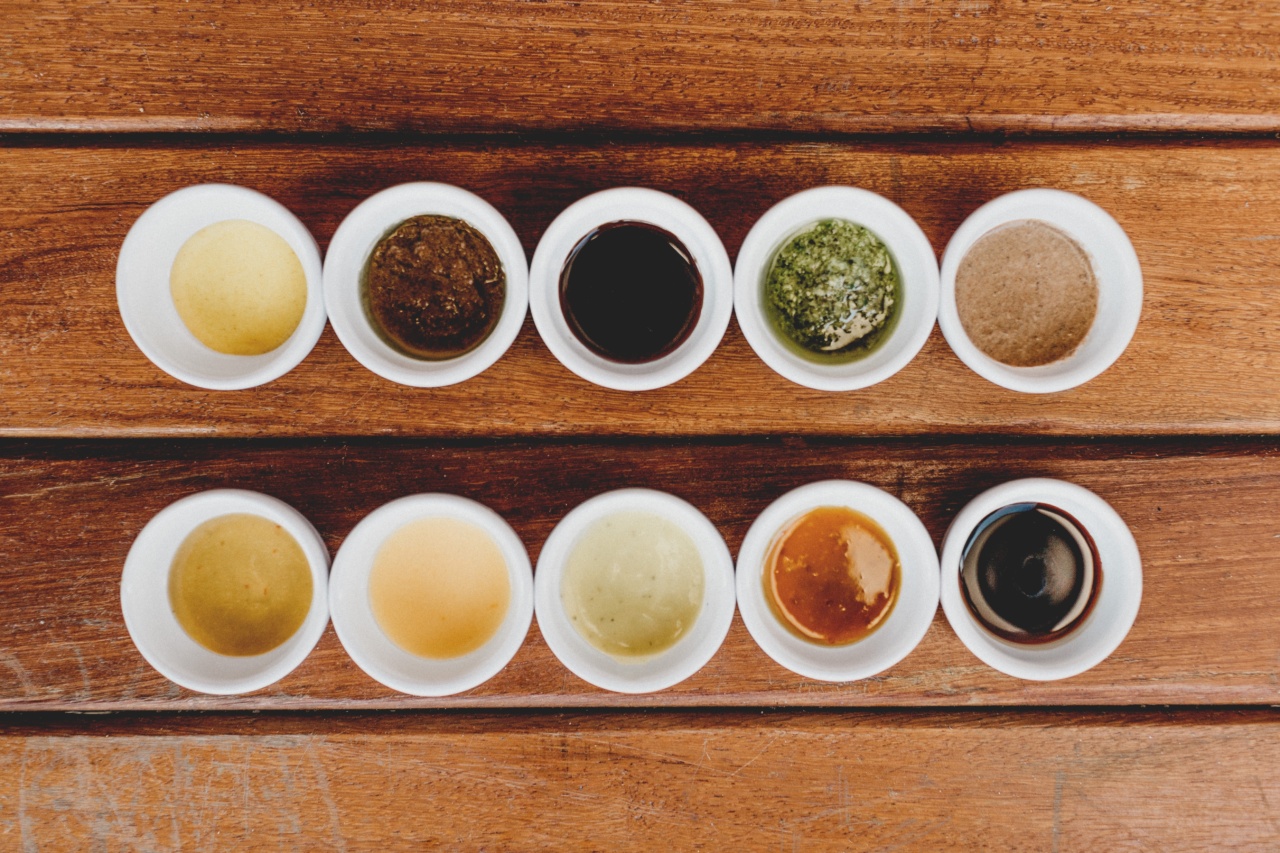Chest lumps are a cause of concern for many people. While most lumps are harmless, some can be cancerous. Understanding the different types of chest lumps can help you take the necessary steps for early diagnosis and treatment.
1. Cysts
Cysts are fluid-filled sacs that can form in the breast tissue or anywhere in the body. They are usually painless and appear as smooth, round lumps that can move easily under the skin.
Breast cysts are common in women and often occur during the menstrual cycle. They usually go away on their own and do not require treatment, but a doctor may recommend a biopsy to rule out cancer.
2. Lipomas
Lipomas are noncancerous fatty tumors that can occur anywhere in the body, including the chest. They usually feel soft and rubbery and can move easily under the skin.
Lipomas are usually painless, but they can grow and cause discomfort or cosmetic concerns. Most lipomas do not require treatment, but a doctor may recommend surgery to remove them if they become large or painful.
3. Fibroadenomas
Fibroadenomas are noncancerous breast tumors that commonly occur in young women. They are often small, round, and firm, and can be moved easily under the skin.
Fibroadenomas usually do not require treatment, but a doctor may recommend a biopsy to confirm the diagnosis and monitor the tumor’s growth.
4. Breast Cancer
Breast cancer is a dangerous form of cancer that can develop in the breast tissue. It can present as a lump or thickened area in the breast or chest. Other symptoms may include nipple discharge, changes in breast shape, and dimpling of the skin.
While breast cancer can occur in men, it is more common in women. Early detection and treatment are crucial to the successful management of breast cancer.
5. Infections
Various types of infections can cause lumps in the chest, including mastitis, an infection of the breast tissue usually associated with breastfeeding. Symptoms of chest infections may include pain, redness, and swelling around the affected area.
Treatment for chest infections usually involves antibiotics.
6. Costochondritis
Costochondritis is inflammation of the cartilage that connects the ribs to the breastbone. This condition can cause pain in the chest and may be mistaken for a heart attack. Costochondritis can be caused by injury, repetitive strain, or infections.
Treatment may include pain management and physical therapy to alleviate symptoms.
7. Lymph Nodes
Lymph nodes are part of the body’s immune system and can become swollen and tender in response to infections or cancers. Lymph nodes in the chest can cause lumps that are usually painless.
If swollen lymph nodes persist, a doctor may recommend further testing.
8. Trauma
Injuries to the chest can cause lumps that may be accompanied by pain, swelling, and bruising. Treatment for chest trauma varies depending on the severity of the injury and may include pain management, rest, and physical therapy.
9. Paget’s Disease
Paget’s disease is a rare form of breast cancer that can present with a scaly rash on the nipple or areola. Other symptoms may include itching, redness, and thickening of the skin. Paget’s disease can be treated with surgery, radiation, and chemotherapy.
10. Angiolipoma
Angiolipoma is a type of lipoma that contains blood vessels. These tumors are usually small, painless, and soft to the touch. They can occur anywhere in the body, including the chest. Treatment for angiolipoma usually involves surgery to remove the lump.






















